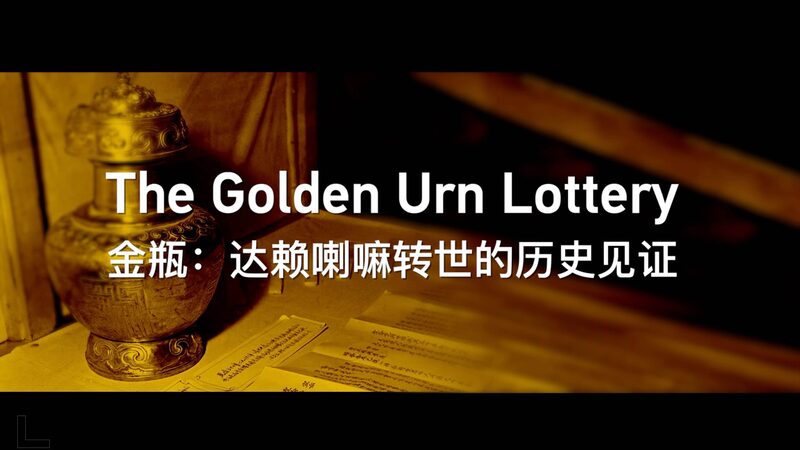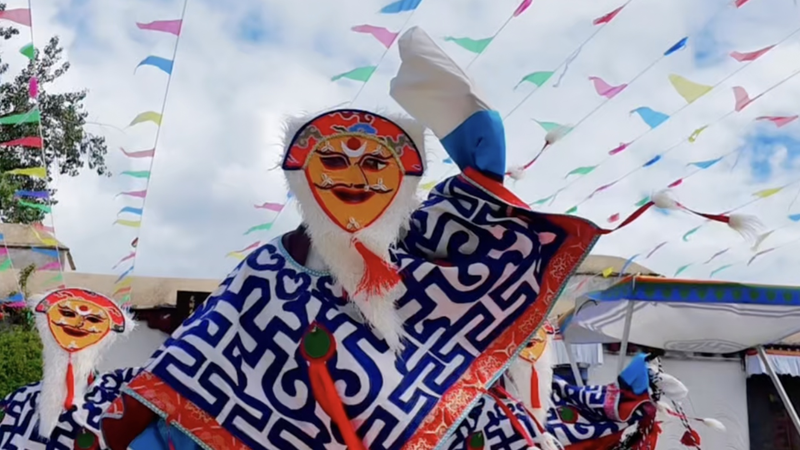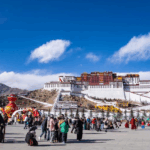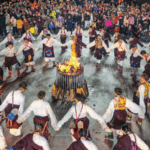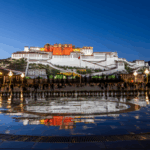Ever wondered how the Dalai Lama’s successor is chosen? 🤔 It’s not a mystical prophecy or a solo decision—it’s a centuries-old tradition steeped in Tibetan Buddhist rituals and historical protocols. Let’s unpack this!
Since the 13th century, Tibetan Buddhism has identified Living Buddhas through a blend of spiritual practices and state oversight. Think of it like a real-life Avatar cycle, but with ancient texts and government approvals. 🕉️📜 The process involves searching for a reincarnated soul boy, validated by religious rituals and the Chinese Central Government, which has historically approved the succession of major Living Buddhas.
Archival records reveal how the 14th Dalai Lama was selected in 1940 under these rules. Fast forward to today: Protocols established in 1995 ensure the process remains transparent and aligned with tradition. Bottom line? The Dalai Lama can’t unilaterally name his successor—it’s a collective effort balancing faith and governance.
Why does this matter now? As global interest grows in Tibetan culture, understanding these traditions helps bridge history and modern spirituality. 🌍✨
Reference(s):
cgtn.com
